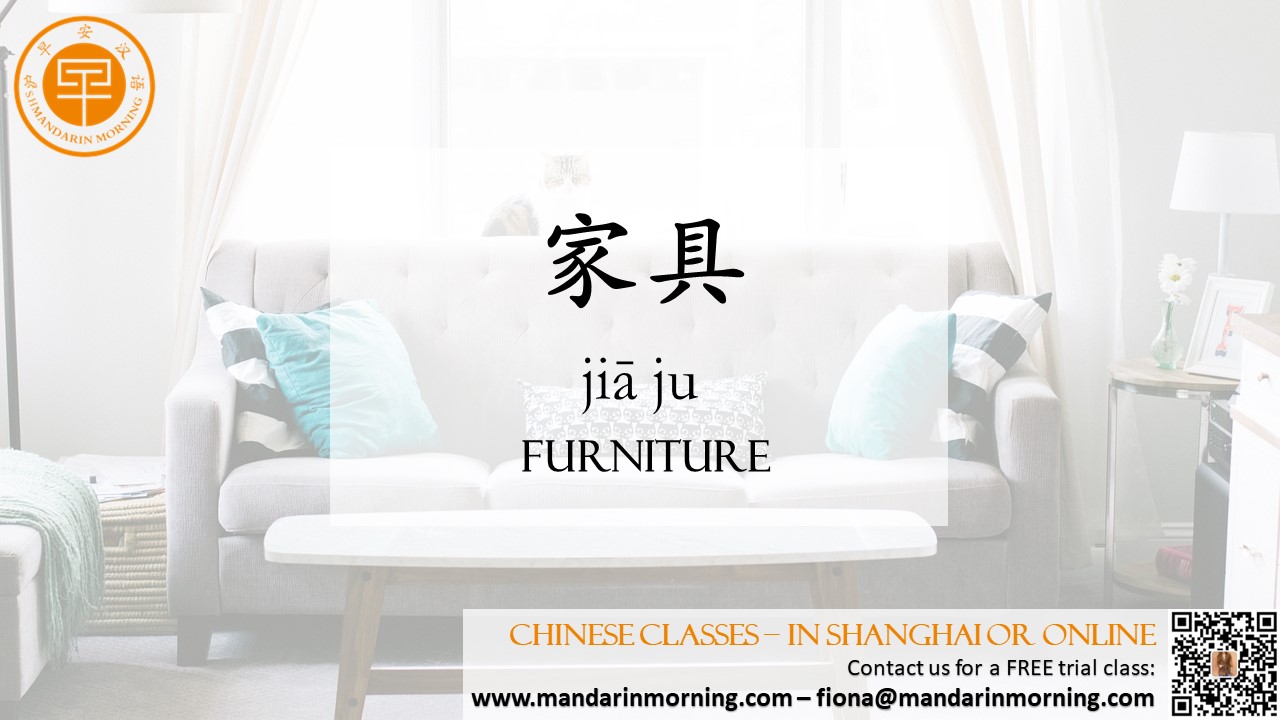Do you know how traditional Chinese furniture look like? Here is a short introduction to Chinese Ming Furniture. Representing the zenith of Chinese furniture, Ming furniture is treasured for its precious wood, comfortable design, simple decoration and superb craftsmanship. Ming furniture dates from the end of the Ming Dynasty, a transitional time in Chinese history. During the beginning and the middle of the Ming Dynasty, austerity was a government edict. Later, though the economy gained substantial growth, people had to remain low-keyed about their wealth to avoid high taxes. With the issuance of a policy to lower taxes, people finally found a solution to vent their natural inclinations. The vogue went beyond a rich and decent life; luxury and novelty became the fashion. Under such a social background, people, rich or poor, were free to wear bright and magnificent clothes and to build large houses; consequently, luxurious furniture was needed. Scholars' participation substantially influenced the development of furniture. The ancient hierarchical tradition required scholars to pursue spiritual goals and to not get involved in craftsmanship. However, Ming Dynasty scholars differentiated from their counterparts in previous dynasties not by bizarre dress, but by their novel interest in furniture design, which helped it throw off rigidity and develop cultural meaning. In addition, references to furniture by scholars leave us valuable information. Cupboards for books and antiques varied in size and style. A table for a qin, a seven-stringed plucked instrument, had a crystal cover with a tin pool under it. In this tin pool, fish swam in floating grass as though they were a dance band. Even a bed was not just for sleeping. An adjustable bed made of cane should be light enough to be moved around. A backrest was a must so a scholar could either read books or enjoy the beautiful scenery among trees and flowers. A bed made of wood and bamboo from Hunan was for naps so the scholar could visit Dongting Lake in his dream! Handwritings and paintings by well-known calligraphers and painters were engraved in desks and chairs, increasing the artistic and aesthetic value of the furniture. Zhou Tianqiu, a Ming calligraphy master, was so fond of his red sandalwood chair that he wrote on the backrest, 'sitting on this chair, I feel one day is worth two days. If I live for 70 years, it would be worth 140 years.' Ming furniture features durable and precious woods such as red sandalwood and scented rose wood, which. emit pleasant aromas, naturally adding a touch of taste and grace. Simple structure and minimal decoration set off the natural beauty of the wood. This meaningful simplicity was achieved without sacrificing comfort. Scientific protection for bodily form was reflected in details such as curves, lines, height, and size. Chinese traditional culture emphasizes the positive interplay between nature and human beings. Applying ideas from Zen and Tao, scholars and craftsmen devoted their wisdom and passion to reflecting this golden rule in furniture, creating the Golden Time of classical furniture. |